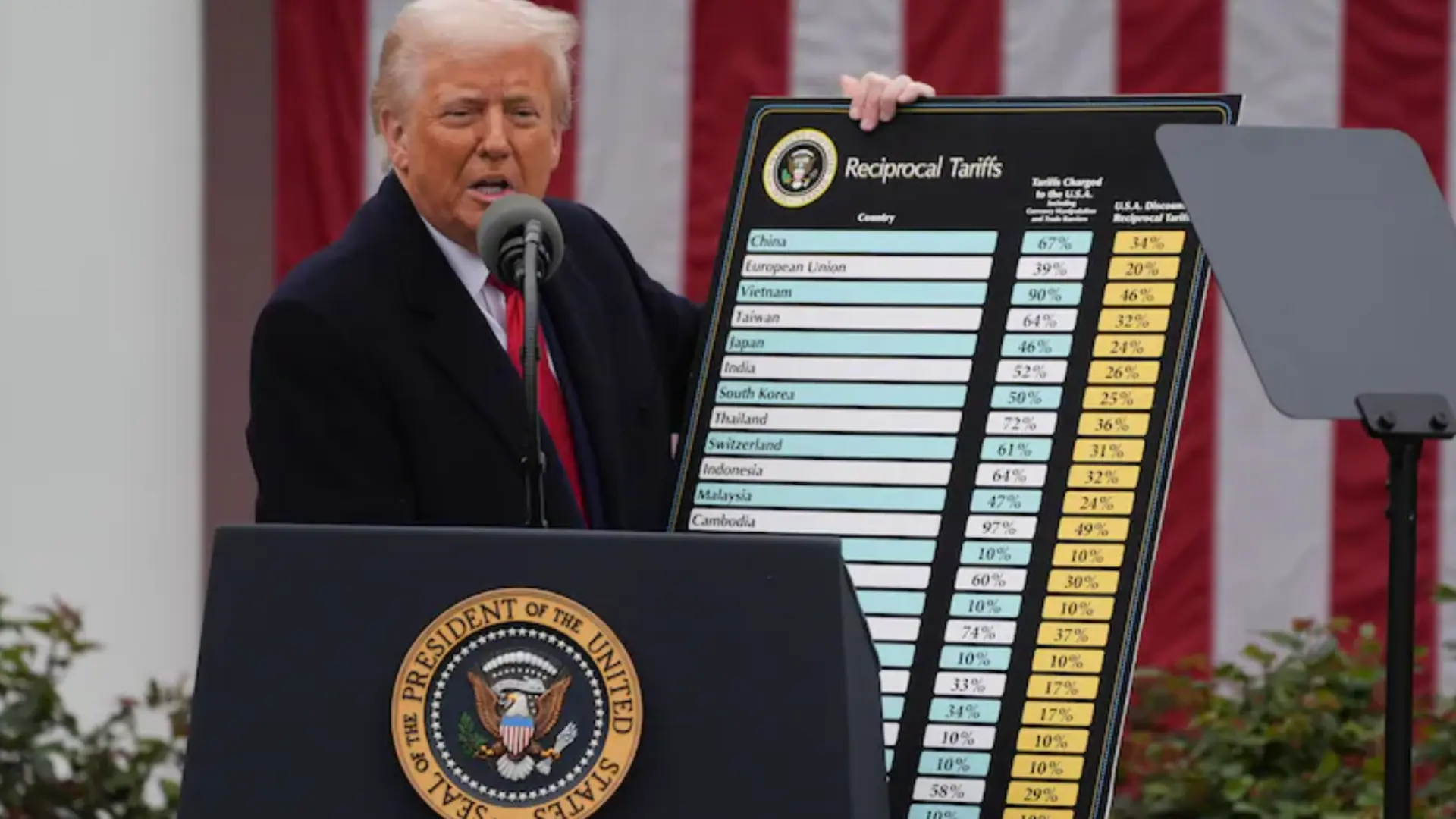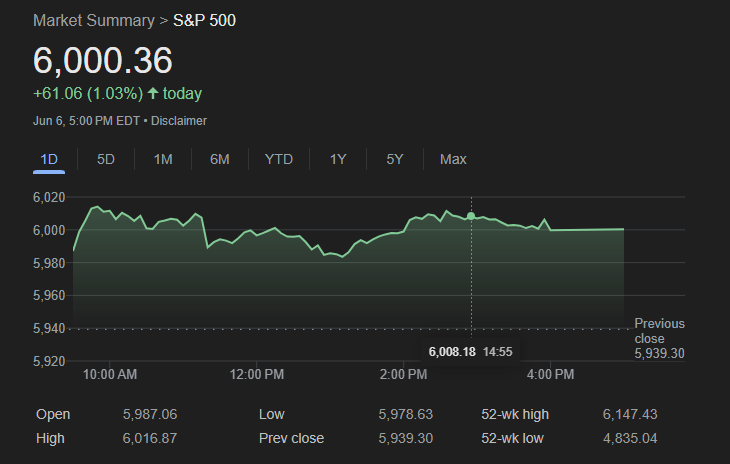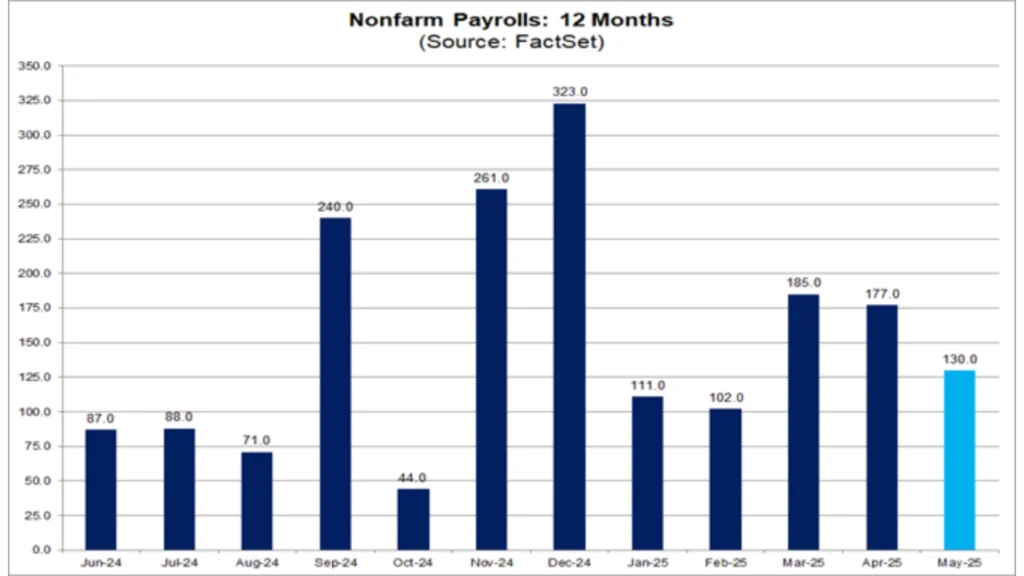Ah, President Donald Trump—the man who can turn global trade into a sitcom-worthy saga faster than you can say “Made in America.” This week, he decided to crank up the chaos by slapping a shiny new 10% tariff on all imports.
But wait, there’s more! Major players like China, India, Vietnam, and even the European Union got an extra helping of levies for dessert. Economists are now scratching their heads so hard they might need hair transplants because some of Trump’s reasons for these tariffs seem about as consistent as his Twitter feed (RIP).
According to Capital Economics, this latest round of tariffs brings the average U.S. tariff rate from a modest 2.3% in 2024 to a whopping 24%. That’s the highest it’s been since Grover Cleveland was busy vetoing things left and right.
Ever since Trump started his second term with promises to shake up global trade like a bartender at happy hour, he’s served us a smorgasbord of justifications for why tariffs are the answer to everything. Let’s break them down, shall we?
Trump insists that protectionism is the secret sauce to reviving American factories. Unfortunately, economists aren’t exactly lining up to agree. As Andre C. Winters, founder of HudsonWriers consultancy, put it: “This trade war isn’t coaxing companies back to the U.S.; it’s sending them running to countries where labor costs don’t require taking out a second mortgage.” In other words, if you think Ford is rushing home to build cars in Detroit, you might want to check your fantasy football league instead.
Ah yes, nothing says fiscal responsibility like using import taxes to fund tax cuts. According to Yale University Budget Lab, current tariffs could rake in $2.5 trillion over ten years—if they stick around that long. Meanwhile, the Republican tax−cut plan will cost roughly $4 trillion over the same period.
Do the math yourself: something doesn’t quite add up here unless you’re planning to pay your tab with Monopoly money.
At the White House on Wednesday, Trump confidently declared that tariff revenue would help pay down the national debt. Spoiler alert: economists aren’t holding their breath. If anything, this sounds like someone trying to justify buying another pair of sneakers by saying, “But I’ll walk everywhere now!”
The idea here is simple: threaten enough tariffs, and suddenly Canada or Mexico will roll over and lower their own trade barriers.
Who knew economics could double as public health policy? Trump claims pressuring Canada and Mexico to stop drug trafficking will curb fentanyl deaths. Sure, why not throw that into the mix while we’re at it?
Apparently, the U.S. defense-industrial base has become too cozy with foreign adversaries. Because nothing screams patriotism like blaming allies for your supply chain woes.
Here’s a fun fact: some of the hardest-hit nations actually run trade surpluses with the U.S., like Australia ($18 billion surplus in 2024). So naturally, hitting them with tariffs makes perfect sense…if you’re playing chess blindfolded.
Trump and his advisors argue that making foreign goods pricier will force Americans to buy domestic products, creating jobs and prosperity. Sounds great—until you realize higher steel prices mean everyone else who uses steel (hello, carmakers!) gets crushed under the weight of increased costs. It’s like giving someone a free gym membership but forgetting to mention the $50 smoothie bar inside.
As Dartmouth College economist Douglas Irwin explained during a webinar earlier this year, tariffs come with what he calls “trade-offs.” Fancy phrase, right? Basically, if you aim to protect domestic industries by restricting imports, you won’t collect much revenue.
On the flip side, maximizing tariff revenue means letting more imports in—which defeats the whole point of protectionism. It’s like ordering a salad to lose weight but drowning it in ranch dressing.
And let’s not forget Trump’s claim that tariffs will somehow lower consumer prices. Economists have collectively facepalmed at this one, estimating that households will lose $2,400 in purchasing power due to April’s tariffs alone—and nearly $4,000 once all the tariffs hit. So much for saving pennies!












Leave a Reply